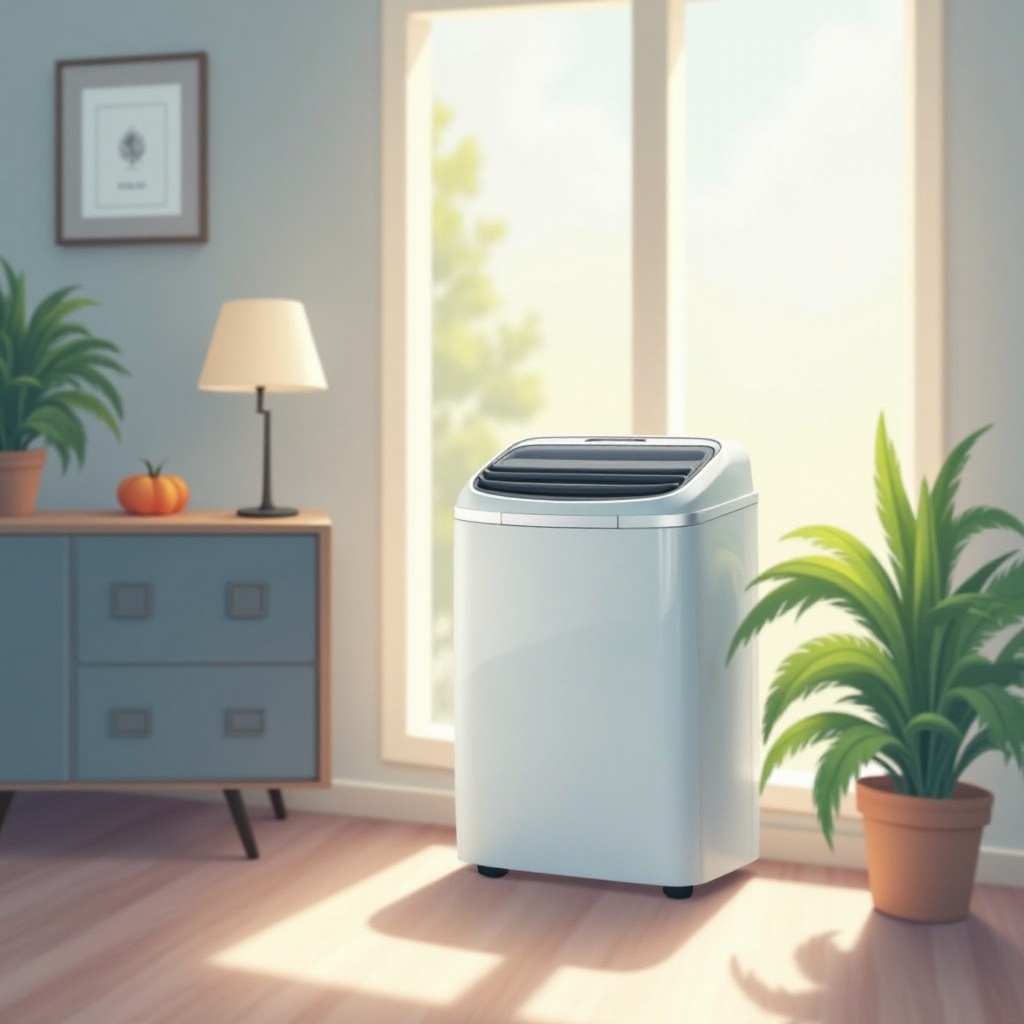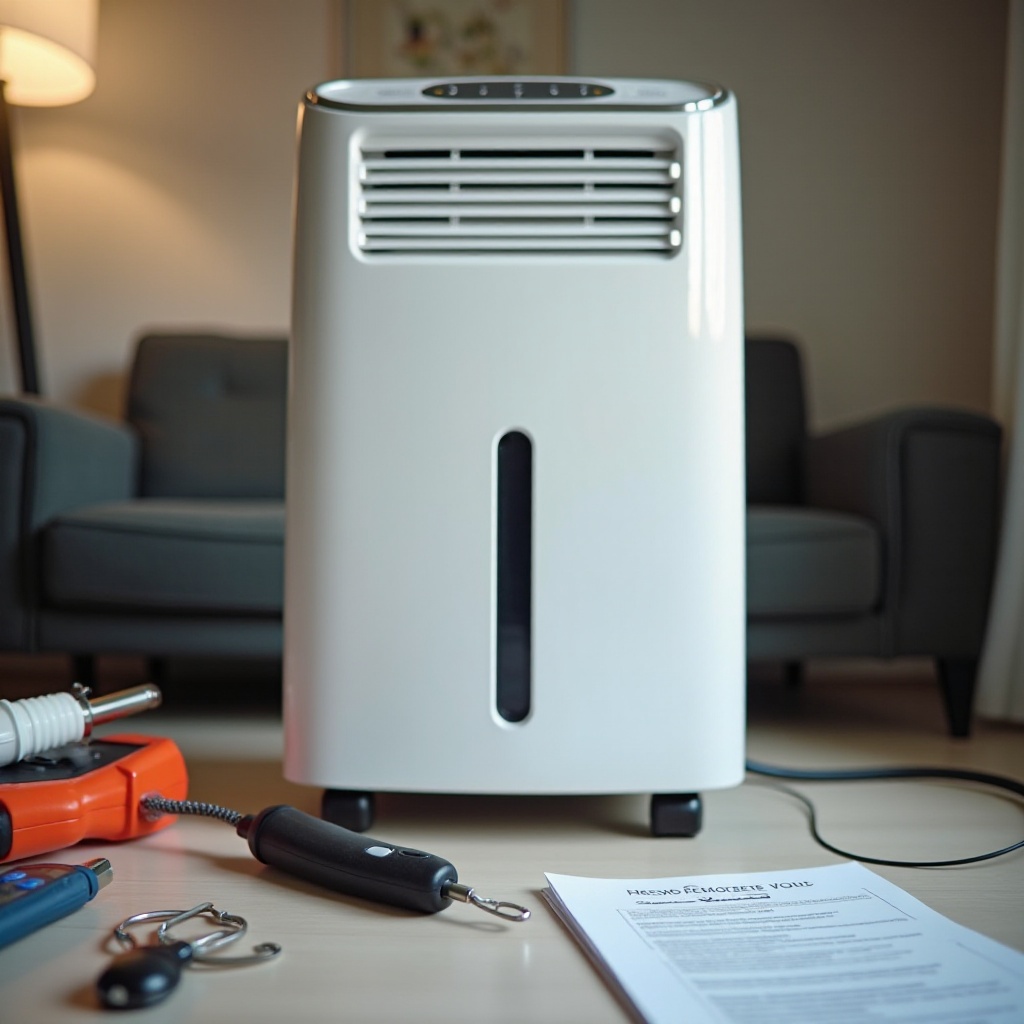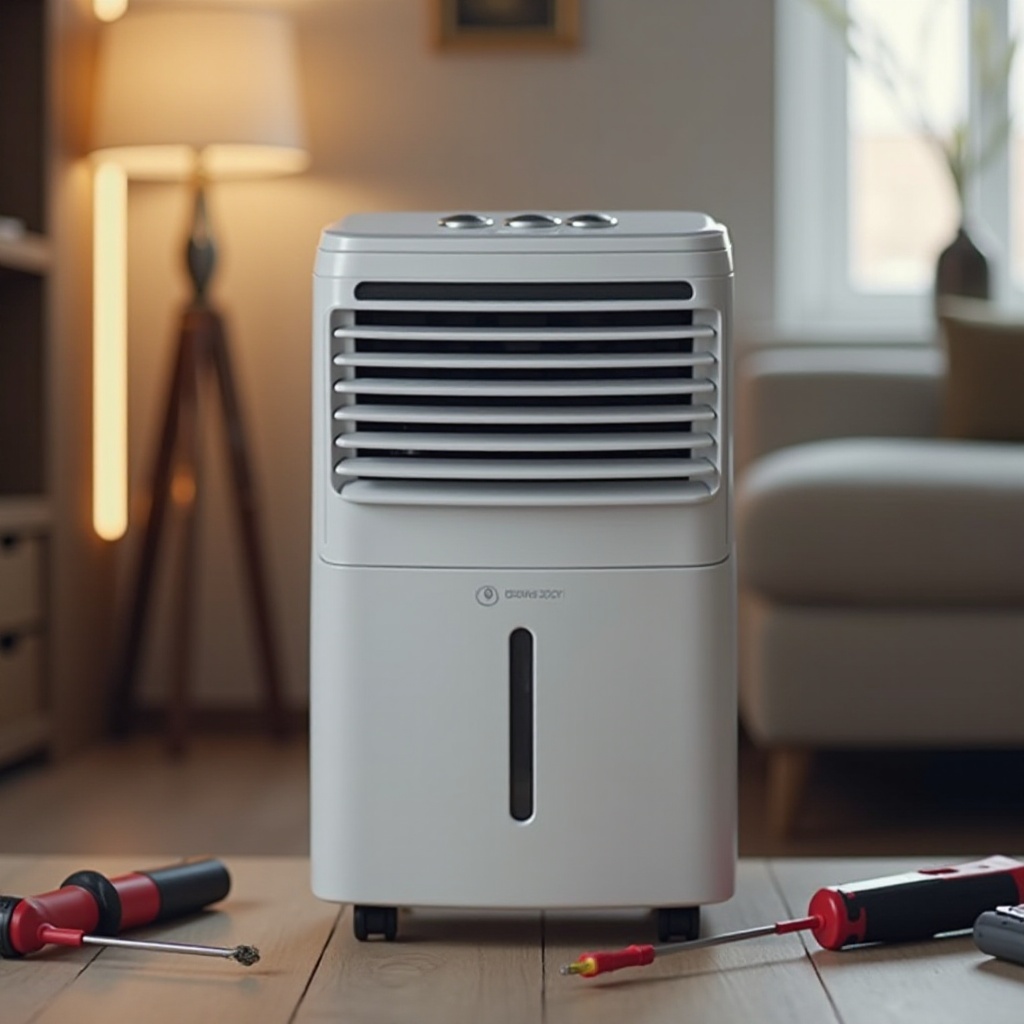Introduction
A dehumidifier is essential for maintaining a comfortable home climate, especially in damp areas. But when it won't power on, it can disrupt the balance you've come to rely on. This comprehensive guide aims to tackle the frustration head-on, offering you the steps needed to troubleshoot and fix the issue. Figuring out what stops your dehumidifier from working can help you get it back in operation quickly.

Common Reasons for Power Issues
Power problems with a dehumidifier often boil down to a few common culprits. Knowing these can streamline your troubleshooting process and lead you to the right fix.
Electrical Supply Problems: One of the primary issues can be a faulty power supply. Whether it's a power outage, a malfunctioning outlet, or a tripped circuit breaker, these can halt the operation of your unit.
Faulty Power Cord or Plug: A damaged or frayed power cord can hinder electrical flow. Always check for bent prongs or worn-out plugs that need replacing.
Internal Component Failures: Sometimes, the problem lies within. Blown fuses or non-functioning control boards might be to blame when your dehumidifier won't power on.
Identifying these issues is crucial as it allows you to target specific areas during troubleshooting.
Troubleshooting Steps
Armed with the knowledge of common issues, you're ready to methodically work through the possible solutions.
Check the Power Source: Test the outlet with another appliance to confirm it's functioning. Ensure the circuit breaker hasn't tripped, as this common issue might be restricting power.
Assess the Power Cord and Plug: Carefully inspect the power cord for signs of damage. If any are found, consider replacing it immediately. Bent or damaged prongs may also need adjusting or replacement.
Examine Internal Components: Access the interior of your unit to investigate potential failures, such as a blown fuse. A multimeter may be required to pinpoint an electrical fault effectively.
Resetting the Dehumidifier: Sometimes, resetting the device can resolve minor electronic glitches. Unplug the unit, wait a moment, and then plug it back in.
Going through each step methodically helps clear up minor issues, potentially saving you from further inconvenience.

DIY Fixes and Maintenance
For those who feel comfortable working with electrical appliances, certain do-it-yourself solutions may prove beneficial in resolving power issues.
Basic Repair Techniques: Replacing fuses and testing suspect components with a multimeter can fix apparent issues.
Cleaning and Regular Maintenance: Regular maintenance can prevent numerous problems from arising. Removing dust from coils and cleaning the filter can prevent overheating or malfunctions.
Importance of Safety Device Testing: Don't overlook built-in safety features. Regularly check thermal protectors and other safety mechanisms that might inadvertently be interfering with your unit's power supply.
Implementing these practices will reduce downtime and prolong your dehumidifier's lifespan.
Professional Repair or Replacement
If your troubleshooting has been exhaustive but unsuccessful, professional intervention might be necessary. When faced with complex electrical issues that exceed basic DIY skills, a professional technician can diagnose and resolve these with precision. Additionally, weigh repair costs against the price of a new unit. An older, faulty dehumidifier may eventually cost more in repairs, making a new purchase better long-term.
Preventing Future Power Issues
Prevention is better than cure. Develop a strategy to mitigate future power issues, which results in fewer disruptions.
Surge Protectors: Use surge protectors to shield internal components from electrical spikes, extending the life of your dehumidifier.
Regular Checkup Routine: Implement a routine checkup schedule to proactively address wear and tear. This can prevent potential power failures before they occur.
These protective measures ensure ongoing, reliable performance, minimizing future frustrations around power issues.

Conclusion
Maintaining comfortable humidity levels in your home hinges on a properly functioning dehumidifier. Knowing the common causes of power issues, paired with effective troubleshooting and preventative tactics, helps keep your unit operating smoothly. When in doubt, never hesitate to contact a professional who can provide expert assistance. By taking these steps, you ensure not only a comfortable environment but also extend the longevity of your appliance.
Frequently Asked Questions
What should I check first if my dehumidifier won't turn on?
Start by checking the power source. Test the outlet with another device and confirm the circuit breaker is not tripped.
How often should I perform maintenance on my dehumidifier?
Perform maintenance every three to six months by cleaning filters and coils to ensure optimal performance.
When is it time to consider replacing my dehumidifier?
Consider replacing if the unit frequently fails and repair costs exceed the price of a new model, especially if it's over five years old.
